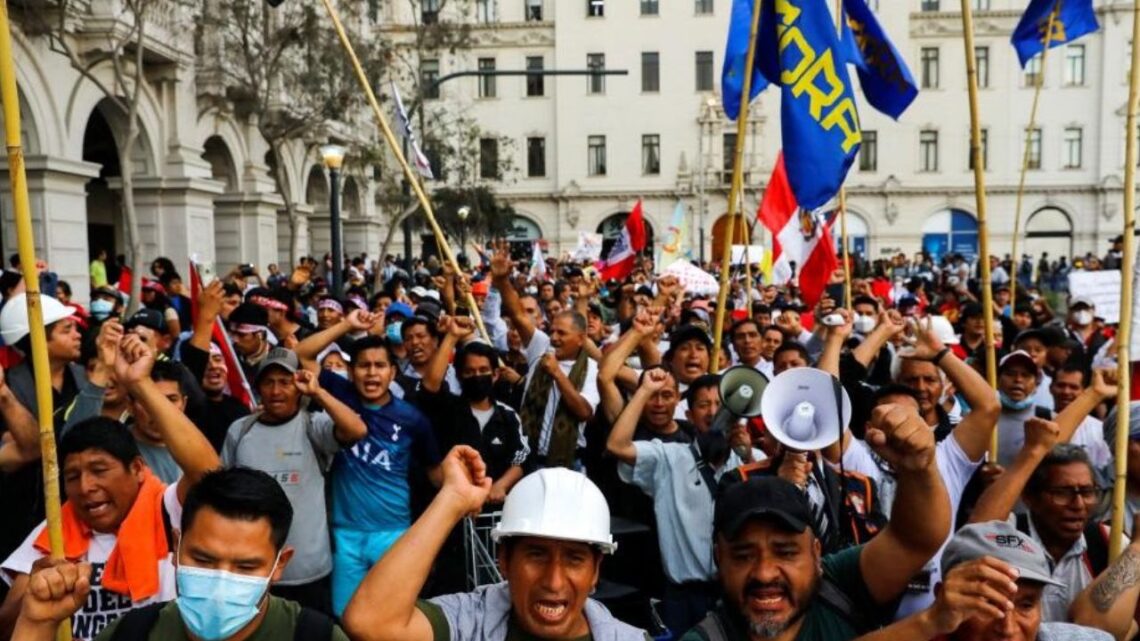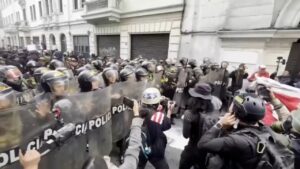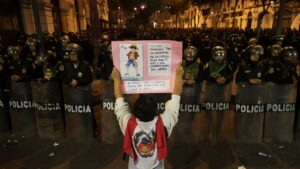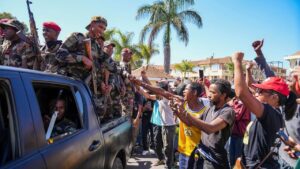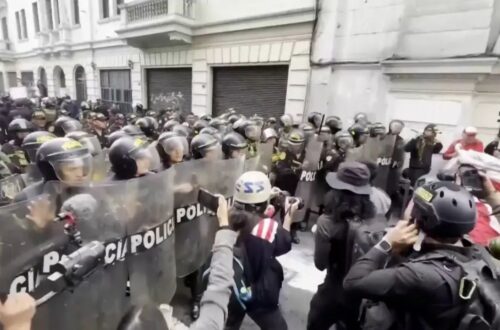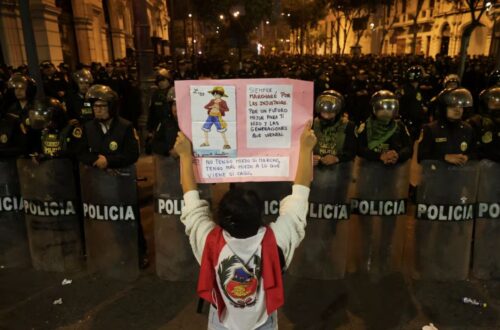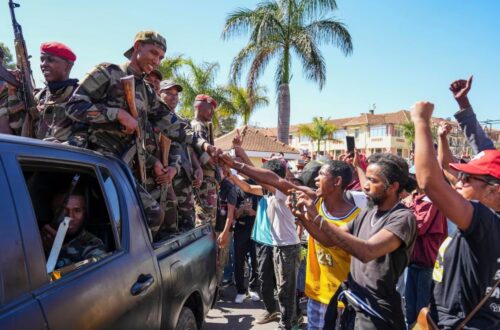Peru is in the throes of a deepening political crisis as Congress on October 10, 2025 impeached and removed President Dina Boluarte, citing “permanent moral incapacity.” In a rare unanimous vote of 124–0, the nation’s legislature ousted her as protests, violence, and corruption scandals swelled.
She is replaced by José Jerí, the head of Congress, who becomes Peru’s interim president. This dramatic shift underscores how fragile Peru’s democracy has become, as institutional checks and balances are repeatedly weaponized and criminal violence tears at public order.
Historical Pattern of Instability
In recent years Peru has cycled through an astonishing number of presidents: seven heads of state since 2016. The last president to complete a full five-year term was in 2016.
This churn reflects chronic instability, where impeachment, resignations, and criminal prosecution have become routine features of governance.
The Impeachment of Dina Boluarte
1. Why She Was Removed
- Boluarte’s approval ratings had plunged to 2–4 %, making her one of the world’s least popular leaders.
- She faced accusations of illicit enrichment, particularly relating to a luxurious collection of Rolex watches and other jewelry, despite a modest official salary.
- The immediate trigger: a concert shooting in Lima (during an Agua Marina concert) that wounded several people.
- Congress used Article 113 of the Constitution, citing “moral incapacity” as grounds for her removal.
2. The Vote & Succession
- Congress voted 124 in favor, 0 against.
- Boluarte declined to appear in Congress for her defense.
- Immediately after, José Jerí, then President of Congress, was sworn in as interim president to lead until elections in April 2026.
Crime, Violence & Lawlessness: The Late Boluarte Era
The removal of Boluarte doesn’t stand alone—it is deeply linked to soaring crime, extortion, and violence that the state failed to contain.
1. Key Figures & Trends
| Metric / Event | Data / Detail | Significance |
|---|---|---|
| Homicides in 2024 | ~2,082 recorded | Dramatic rise compared to ~676 in 2017 |
| Extortion cases (2022 → 2024) | 16,333 → 22,348 | ~37% increase in two years |
| Concert shooting | 5 injured | Sparked impeachment proceedings |
| Gold miners killed | 13 workers in Pataz (May 2025) | Killed after being kidnapped by illegal mining gangs |
| Mining suspension | Formal mining operations paused in violence zones | Government tried to re-assert control |
| Interior minister ousted | Juan José Santiváñez removed by Congress | 78 votes for no confidence over failure to curb violence |
| Imprisoned ex-presidents | 3 or 4 former leaders behind bars | Deep entanglement of politics and corruption |
Sources of unrest range from illegal mining gangs, organized crime networks extorting small businesses, to violent protests by Gen Z activists and rural groups. In Pataz, the murder of 13 miners by criminal gangs triggered a suspension of mining and military deployments.
Concurrently, Congress removed the interior minister for inability to halt killings, and the Boluarte government had in 2024 passed legislation that shielded organized crime actors from certain prosecutorial investigations.
The Rise of José Jerí & Interim Government
1. Who Is José Jerí?
José Jerí is a 38-year-old lawyer and was serving as President of Congress when Boluarte was ousted. He now steps in as interim president, tasked with stabilizing a country in crisis and guiding it toward April 2026 general elections.
2. His Early Moves
One of his first acts was coordinating sweeping prison raids across major penitentiaries (Ancon I, Lurigancho, Challapalca, El Milagro) to seize smuggled phones, drugs, and weapons. He declared that public insecurity is his top priority.
Under Boluarte, murders reached more than 6,000 deaths in the first half of 2025 alone. Jerí’s government faces pressure to show results, not just rhetoric.
Roots & Drivers of the Crisis
- Weaponized Constitutional Mechanisms
Congress has frequently used impeachment and “moral incapacity” clauses to unseat presidents. Overuse of these tools erodes democratic stability. - Institutional Corruption & Weak Accountability
Former presidents, cabinet ministers, and legislators are often mired in corruption scandals. The Line between criminality and politics is blurred. - Surge in Organized Crime & Illicit Economies
Illegal mining, human trafficking, extortion networks, and contract killings have grown unchecked—often in rural and remote regions. - Public Discontent & Social Mobilization
Gen Z protests, regional strikes (e.g. in Cajamarca), and citizen demand for systemic change amplify the pressure on political elites. - Lack of Effective Governance & Security Capacity
Despite states of emergency, police and military efforts have failed to restore public confidence or curb violence.
Peru’s current crisis represents a collision of political instability and criminal violence. The impeachment of Dina Boluarte is both a symptom and a turning point: symptom of a corrupt, dysfunctional elite unable to govern, and a turning point reflecting just how far public patience has eroded.
With José Jerí now at the helm, the country faces enormous challenges: restoring public order, curtailing organized crime, rebuilding trust in institutions, and holding free and fair elections in 2026. Unless reforms go beyond surface leadership swaps, Peru risks repeating this cycle of chaos yet again.

